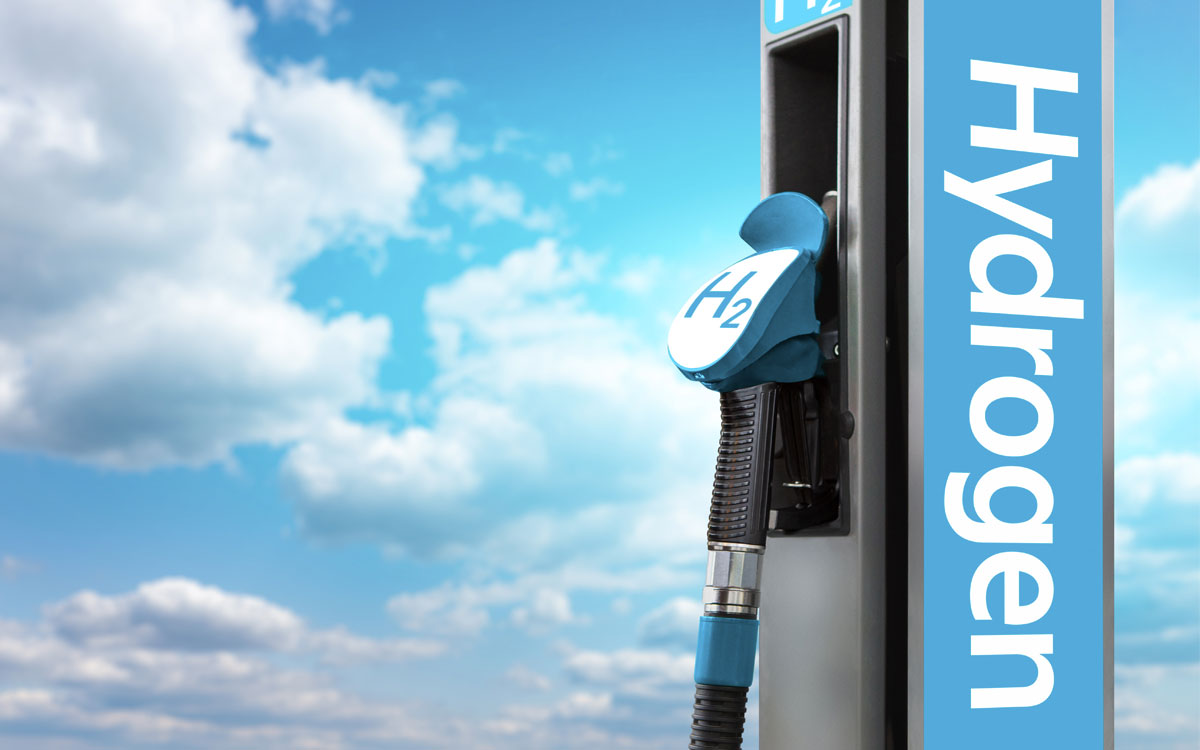Summary
Extracting hydrogen from biomass represents a valuable approach by which a waste organic stream can be converted into hydrogen (or hydrogen-carriers) for downstream use or as an exportable commodity.
The Waste Biomass to Renewable Hydrogen project aims to develop a biomass reforming system capable of extracting hydrogen and/or hydrogen-carriers – such as bio-alcohols and bio-acids – from biomass. The biomass reforming system will comprise a biomass pre-conditioning reactor (BPR) coupled with a flow electrolyser cell (FEC) to produce renewable hydrogen without any carbon dioxide emissions.
Key results
This project successfully built and commissioned a micro-tubular reactor for catalyst screening and reactor performance tests. The miniaturised methanol production as hydrogen carrier from biomass pyrolysis syngas is technically feasible and economically viable under the current demand-supply-cost combination but vulnerable to external and market conditions. A comprehensive handbook was developed which documents the fundamental knowledge of methanol catalystic synthesis, and a design toolkit for the development, design, construction and operation of the minituarised methanol synthesis plant.
Learn more
How the project works
Biomass is fed into the BPR where it is transformed into bio-alcohol/bio-acid hydrogen-carrying compounds. The BPR product stream is then passed into the FEC where the hydrogen is extracted and recovered. Energy requirements for the BPR (heat) and the FEC (electricity) are provided by the sun, captured using a solar concentrator (SC) tube array and a photovoltaic (PV) cell, respectively. The reforming system will be used to treat biomass provided by Beijing Origin Water Technology.
Area of innovation
The Waste Biomass to Renewable Hydrogen project contains two innovative aspects:
- Teaming the BPR with the FEC to convert waste biomass into renewable hydrogen gas or a hydrogen-carrier for export. The FEC effluent will also contain valuable organic by-products which can partly off-set system costs;
- Using an electrocatalyst in conjunction with a radical mediator in the FEC to reduce electrical energy demand and improve conversion. The radical mediator is an organic catalyst that is added to the FEC to assist with extracting hydrogen from the preconditioned biomass feed.
Benefit
Using biomass as a hydrogen source in the FEC has energy and economic advantages.Pre-conditioned biomass (from a raw biomass stream) can be provided at a very low cost. Electrocatalytic hydrogen extraction from the pre-conditioned biomass is generally easier than water electrolysis (i.e. water splitting). Biomass reforming by electrocatalysis is selective and scalable, delivers zero carbon dioxide emissions and can produce value-added organic products which can potentially serve as precursors for plastics fabrication. Development of the technology will help Australia become more competitive in generating and exporting renewable hydrogen and hydrogen-carriers.








